
Tires are the only point of contact between your car and the road. Tire pressure is the “lifeline” of tire health, and abnormal pressure—especially underinflation—significantly increases the risk of blowouts, raises fuel consumption, accelerates tire wear, and reduces driving safety. The Tire Pressure Monitoring System (TPMS) is designed to safeguard this lifeline in real time. But exactly, what is TPMS and how does it work?
This guide will explain what is TPMS and how does it work, why it is vital for modern vehicles, the differences between direct and indirect systems, common troubleshooting methods, and how to install or replace sensors. It also includes upgrade options and shopping advice for both car owners and repair shops.
What Does TPMS Mean on a Car?
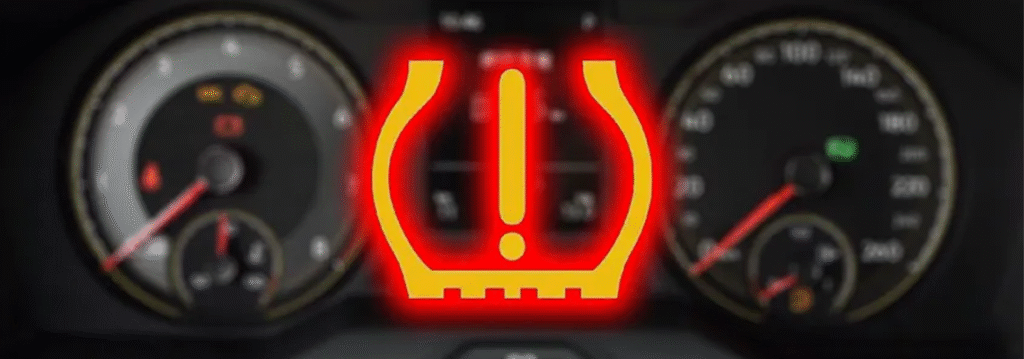
TPMS is an active safety technology: it continuously monitors tire pressure, and when levels fall outside the recommended range, it alerts the driver with a warning light or chime.
Why TPMS is Important
- Prevents blowouts: Low pressure is one of the leading causes of high-speed blowouts, and TPMS provides early warning.
- Stabilizes handling: Proper tire pressure maintains grip and braking performance.
- Extends tire lifespan: Prevents uneven shoulder or sidewall wear.
- Reduces fuel consumption: Underinflated tires increase rolling resistance, raising fuel use by ~3%.
- Cuts emissions: Lower fuel use equals reduced CO₂ output.
- Boosts driver confidence: Real-time monitoring provides extra safety for long trips or heavy loads.
👉 A key part of answering what is TPMS and how does it work is to understand the two main system types.
What is TPMS and How Does it Work: Two Main Technologies
TPMS can be divided into Indirect TPMS (iTPMS) and Direct TPMS (dTPMS).
1) Indirect TPMS – The “Reasoner”
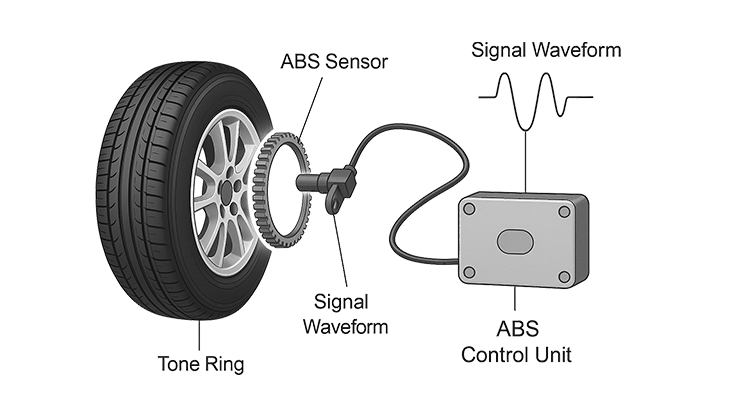
How it works:
- Does not measure pressure directly.
- Uses ABS wheel speed sensors to compare wheel rotations.
- Low pressure → smaller rolling radius → faster rotation → software detects abnormality.
Advantages: Low cost, no battery, minimal maintenance.
Limitations: No precise readings, high dependency on tire uniformity, slower response (requires several minutes of driving above 25 km/h), cannot detect slow uniform leaks across all four tires.
👉 For car owners asking what is TPMS and how does it work, indirect TPMS is cost-effective but less precise.
2) Direct TPMS – The “Measurer”
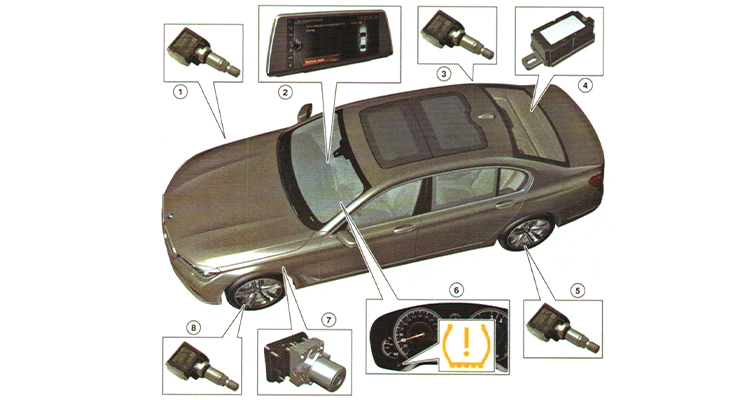
How it works:
- Each tire has a pressure/temperature sensor inside the valve stem or wheel.
- Data is transmitted wirelessly (315MHz / 433MHz) to the car’s receiver.
- Dashboard displays exact PSI/bar and temperature, pinpointing which tire is abnormal.
Advantages: Precise data, fast response, reliable, unaffected by tire rotations, can monitor temperature.
Limitations: Higher cost, sensor battery life 5–10 years, requires professional installation and programming.
📊 Direct vs Indirect TPMS at a Glance
| Feature | Direct TPMS (dTPMS) | Indirect TPMS (iTPMS) |
|---|---|---|
| Measurement | Actual pressure & temperature | Wheel speed differences |
| Display | Shows exact PSI/bar & tire position | Generic warning light only |
| Accuracy | High, real-time | Lower, less reliable |
| Response | Immediate | Delayed, requires driving |
| Cost | Higher (sensors + receiver) | Lower (no added hardware) |
| Maintenance | Battery every 5–10 years | Reset after tire rotation |
| Leak detection | Detects slow leaks | Cannot detect uniform leaks |
| Best for | Safety, convenience | Cost-sensitive vehicles |
👉 This comparison helps clarify what is TPMS and how does it work in practice.
Common TPMS Problems and Quick Fixes
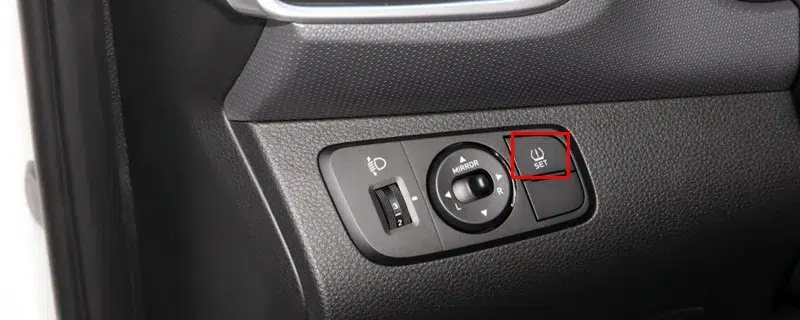
Car owners and workshops often ask: what is TPMS and how does it work when it malfunctions?
| Symptom | Likely Cause | Recommended Action |
|---|---|---|
| Warning light stays on | Underinflation or no reset | Inflate to recommended cold PSI → reset system |
| False/missed alerts (iTPMS) | Tire mismatch or no calibration | Use same spec tires → recalibrate system |
| “–” display or one tire fault (dTPMS) | Dead battery/damaged sensor | Replace sensor with OEM-compatible unit |
| Alerts after tire change (dTPMS) | New sensor not programmed | Perform automatic/manual/OBD/trigger learning |
| Inaccurate readings (dTPMS) | Sensor drift or temp influence | Verify with manual gauge; recalibrate or replace if needed |
How to Install and Replace TPMS Sensors
⚠️ Safety Note: This procedure involves lifting the car and tire dismounting. Non-professionals should go to a repair shop. For technicians, understanding what is TPMS and how does it work is crucial before replacement.
Step 1: Confirm TPMS Type
- Dashboard Check: dTPMS shows exact PSI/bar per tire; iTPMS only lights a warning.
- Manual/VIN Check: Refer to user manual or confirm with dealer/tire shop using VIN.
Step 2: Preparation

Park on flat ground, apply brake, place wheel chocks. Tools: new OEM-level sensor, jack, safety stands, lug wrench, torque wrench, tire machine, valve tool, pressure gauge.
Step 3: Remove Wheel
Loosen nuts on ground → jack up car → secure with stands → remove wheel.
Step 4: Remove Tire

Deflate → unseat bead → expose valve stem.
Step 5: Remove Old Sensor
- iTPMS: none inside, skip.
- dTPMS: unscrew nut/clip → remove sensor carefully.

Step 6: Install New Sensor
Insert new sensor into valve hole → torque to spec → replace rubber grommet → ensure fit.
Step 7: Reinstall Tire
Refit bead → reinstall valve core → inflate to recommended PSI → balance if needed.
Step 8: Reinstall Wheel
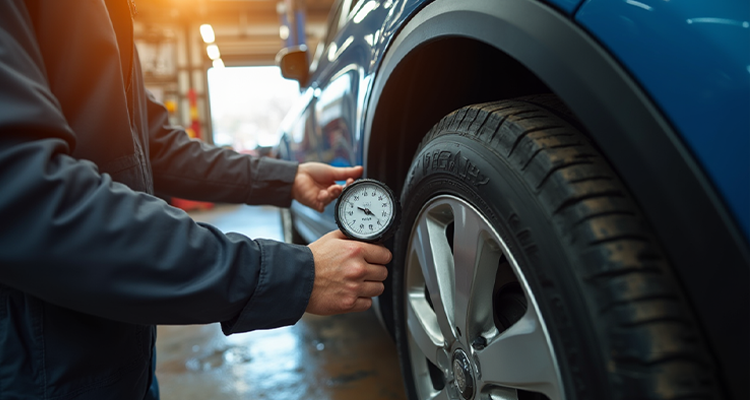
Hand-tighten nuts → lower car → torque to manufacturer spec.
Step 9: Reset & Match System

- iTPMS: reset and drive at >25 km/h for calibration.
- dTPMS:
- Auto learn: detects after 10–30 minutes driving.
- Manual programming: write ID via TPMS tool.
- OBD-II learning: program via diagnostic tool.
- Trigger learning: activate learning mode by inflating/deflating or pressing button.
Step 10: Function Check

Start car → ensure pressures display correctly → confirm no warning lights → road test.
Upgrade Options and Sensor Lifespan
Can I upgrade from indirect to direct TPMS?
Yes. Independent dTPMS kits (solar-powered or plug-in) provide accurate real-time data without altering factory wiring.
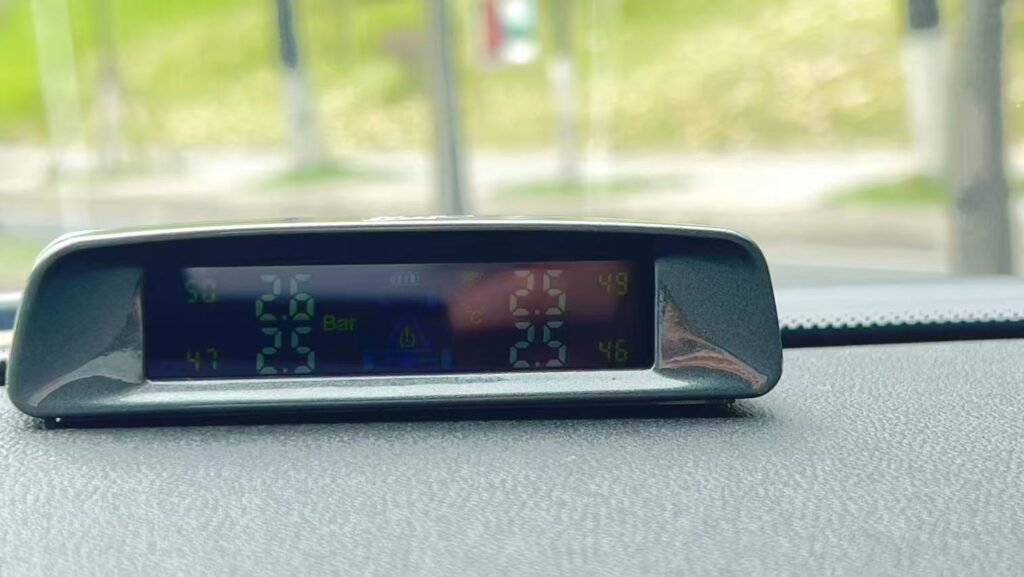
How long do TPMS sensors last?
Sensor batteries typically last 5–10 years. Batteries cannot be replaced alone, so the entire sensor must be changed. OEM-level sensors offer better reliability and lifespan.

How to Buy the Right TPMS
- For factory dTPMS: Replace failed units with OEM-compatible sensors.
- For cars with iTPMS or none: Install an aftermarket direct TPMS kit for real-time data.

Buying Guide:
- Confirm vehicle type and configuration via manual or VIN.
- Select certified OEM-grade products.
- Choose professional installation; check warranty and support.
👉 Regular manual pressure checks remain essential, even with TPMS.
Conclusion
By now, you know what is TPMS and how does it work in both theory and practice. This system is not just a dashboard light but a critical safety feature that prevents blowouts, improves handling, saves fuel, and extends tire life.
Whether your car uses direct or indirect TPMS, keeping it functional—and checking tire pressure monthly—is key to safe, economical driving.
